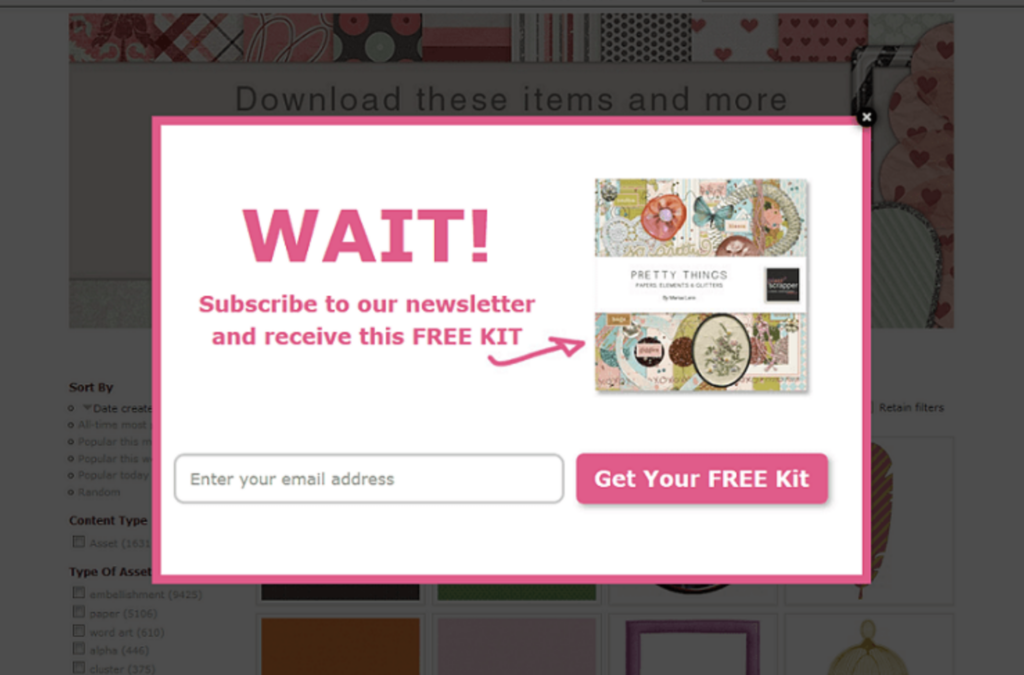Think back to the worst in-store experience you’ve had. It probably went one of two ways.
The first is when you walked into a shop and before you’ve even got both feet in the door, the shop assistant appears as if from nowhere shouting, “buy this now, it’s on sale!”.
If you don’t immediately walk out, it’s unlikely you will enjoy the purchase experience.

The other is where you walk into a shop with an idea of what you want but there isn’t a shop assistant to be seen. You want recommendations of what brand you should be after or the fit you should be going for, but it is a ghost town in the shop.
Your purchase decision leaves you feeling doubtful and confused. If you stay in the shop at all.
The bottom line is that no consumer wants to aggressively be sold to. They also don’t like making the decisions completely on their own, they look to qualify their product decisions with people who know the product best.
The intrusive shop assistant and the absent one do not engender a good experience, let alone a convenient and effortless one.
Why should your online shopping experience be any different?
Intrusive pop-ups and virtual ghost towns
A busy, intrusive online space, filled with pop-ups, is the same as the over-the-top shop assistant, stopping visitors before they even interact with your virtual shopfront.

Both interrupt your train of thought with irritating and irrelevant information, causing the same frustration for the shopper.
On the other side of the coin, having nothing on your site is the same as the shop where there isn’t an assistant to be seen. Just as they would in-store, an online shopper would be confused and frustrated by having no assistance to make their purchase.
They will click around your site and even if they do find what they are looking for, many will close the tab and easily search for a competitor site with more information and recommendations.
The reason so many brands use pop-up ads is that they believe that they work and are the only way to interface with your consumers. This is a myth.
The power of a pop up
No doubt with the right strategy, pop-up ads can be an effective tool. Brands will often turn to pop-ups to keep a shopper’s attention onsite or draw their attention to a top product, promo code or email subscription opportunities.
Successful pop-up ads can provide value. The shopper will feel less irritated by the pop-up ad if you are providing them something of value like discounts or promo codes.
Timing is everything though.

Instead of two seconds after clicking onto the site, triggers like time on page or exit-intent can be useful to the shopper. Another factor to consider is the design and placement.
In this case, less is probably more and the art of subtle pop ups is one you must master.
Why you should think beyond a pop-up ad
Proceed with caution though. The line between adding value and causing frustration and interrupting a shopping experience is thin. Considering most consumers would rather you didn’t use pop ups, that line is almost always crossed.
The cost? Hijacking a consumer shopping experience, frustrating them, and ultimately causing them to leave your site.
If the consumer experience wasn’t enough of a deterrent, intrusive pop-ups will earn you a yellow card from Google. If your pop-up doesn’t have anything to do with the brand, product or general customer experience, it will negatively impact your SEO.
If you want to build a consumer journey that is personalised and could truly simulate the in-store experience, change your tool of choice.
Consider onsite solutions that create personal assistants for your shoppers with different triggers to personalise and optimise the path to conversion.
These tools can bring you much more relevance and meaning to that specific moment of the real-time. They also don’t interrupt the shopping experience thanks to their subtlety.
What’s more, moving beyond the standalone pop-up strategy to onsite solutions from the right technology partners allows you the possibility of integration across media channels and email strategies.
The result is simulating a true in-store consultation process to help your consumers find the right products and convert.
The bottom line is that consumers want to see value in the ads and marketing they do see. Just as you would tolerate the less-annoying shop assistant if they recommended the right product at a discount, consumers might forgive the online interruption if it’s relevant and timely.
When in doubt, just keep that shop assistant in mind when you make the decision “to pop up or not to pop up”.
Digital assistant helps brands recreate their in-store experience — online. If you are interested in finding out more, book a demo with us below.

